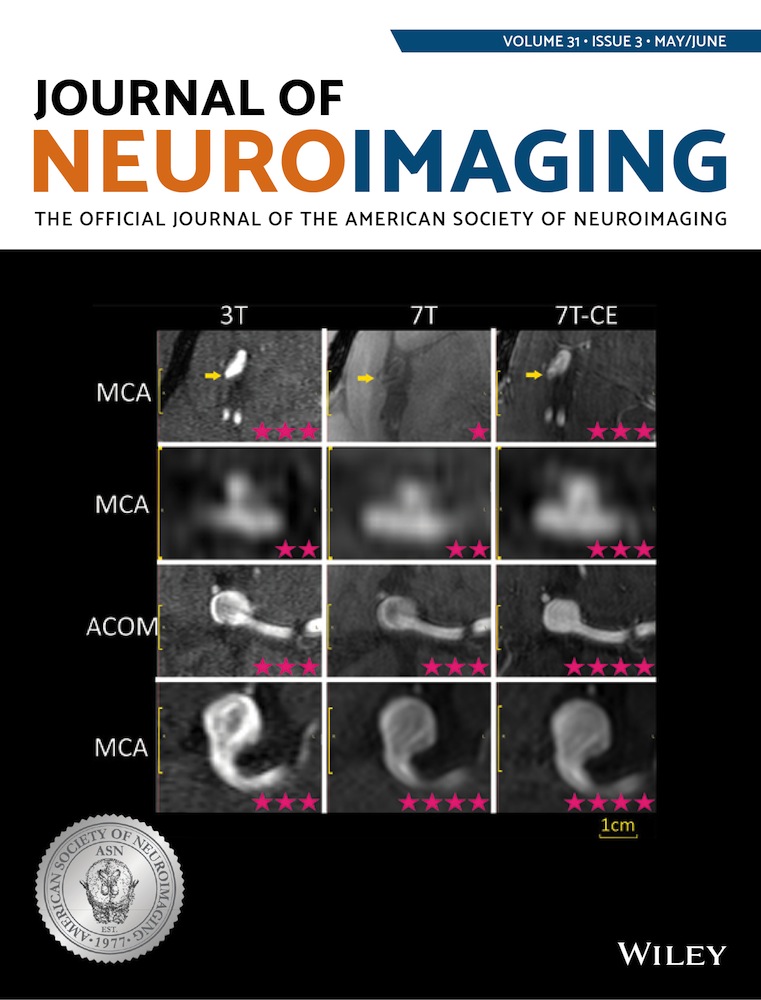Neuroimaging Findings in Rabies Encephalitis
Acknowledgment and Disclosure: All the authors state and agree that there are no actual or potential conflicts of interest to declare in relation to this article and that this research did not receive any specific grant from funding agencies in the public, commercial, or not-for-profit sectors.
ABSTRACT
BACKGROUND AND PURPOSE
Rabies encephalitis is a near-fatal zoonotic disease that is usually diagnosed on clinical grounds in conjunction with characteristic history. Owing to its rapidly progressive nature, imaging is seldom performed, and hence a description of imaging findings in rabies encephalitis is anecdotal and limited.
METHODS
We describe MRI findings in eight confirmed rabies cases that presented to our institute over the last 21 years.
RESULTS
Most of the patients' imaging patterns are in concordance with the described literature. However, we hereby demonstrate the involvement of novel structures like dentate nuclei, cranial nerves, and meninges besides the hot cross bun sign in the pons and the presence of diffusion restriction in many gray and white matter structures of the brain.
CONCLUSION
Knowledge of the broad imaging spectrum of rabies may expedite the diagnosis, especially the paralytic form, which is prone to clinical misdiagnosis as Guillain-Barre syndrome or acute disseminated encephalomyelitis.




